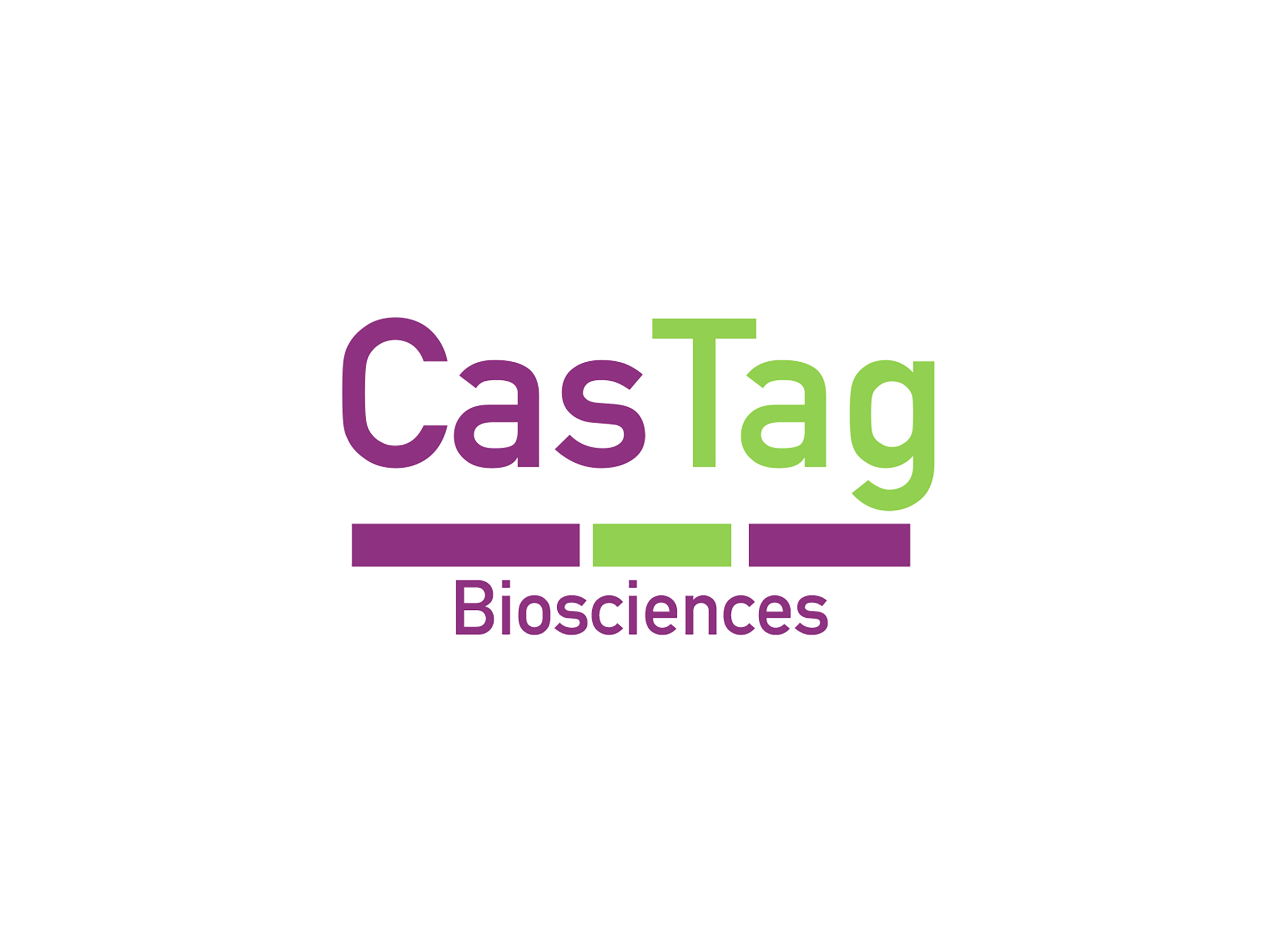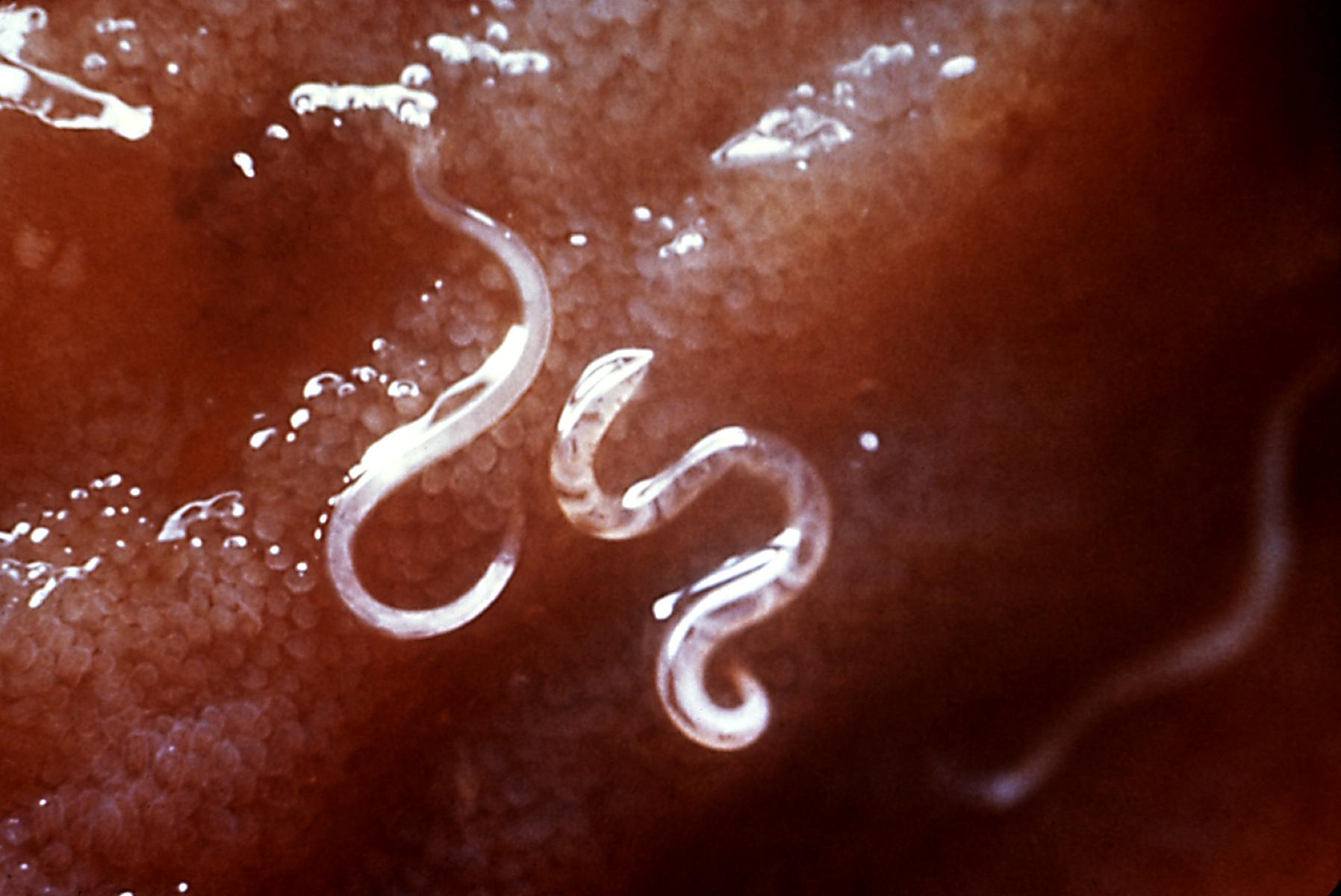MANGEMENT: Ed Field
DUKE INVENTOR: Scott Soderling
castagbio.com
HOMOLOGY-INDEPENDENT UNIVERSAL GENOME ENGINEERING -HIUGE-
HiUGE is a CRISPR-based solution for easy labeling of your endogenous proteins in cells or tissue. Traditional antibody approaches developed in the 1970s to study proteins are plagued by non-specific binding to other proteins, lot-to-lot variability, and are difficult to experimentally validate. In contrast, labeling with HiUGE enables researchers the ability to visualize and study their proteins of interest with the high degree of specificity and reproducibility afforded by modern molecular biology.
Our products consists of two Adeno-associated viruses: a gene-specific gRNA virus that directs the cutting of your gene at the N- or C-terminus coding region of your protein; and a payload virus that delivers epitope tags, fluorescent proteins, or premature stop codons to be incorporated into your protein.
Highlights
-
Novel CRISPR gene editing technology to allow functional studies of proteins.
-
Enables consistent detection of any protein of interest in cells or tissue, regardless of species.
-
Powerful solution for researchers that have no validated reagents developed for their targets.
-
Validated in vitro in mouse and human.
-
Validated in vivo in tissue.
-
Peer-reviewed publication in Neuron.

STUDY ENDOGENOUS PROTEINS WITH PRECISION
CasTag provides three different custom AAV kits to label or functionally manipulate your proteins of interest in cells or tissue. Label your proteins with antibody epitopes or fluorescent proteins to visualize them with unprecedented specificity and ease. Or truncate them to study their functions. The choice is yours!
OUR KITS, YOUR PROTEINS
EpiTag labels your protein with antibody epitopes for your immunostaining needs.
FluorTag adds GFP to your endogenous proteins for live imaging.
DisrupTag inserts an epitope tag and premature stop codon to disrupt your protein exactly where you specify.


